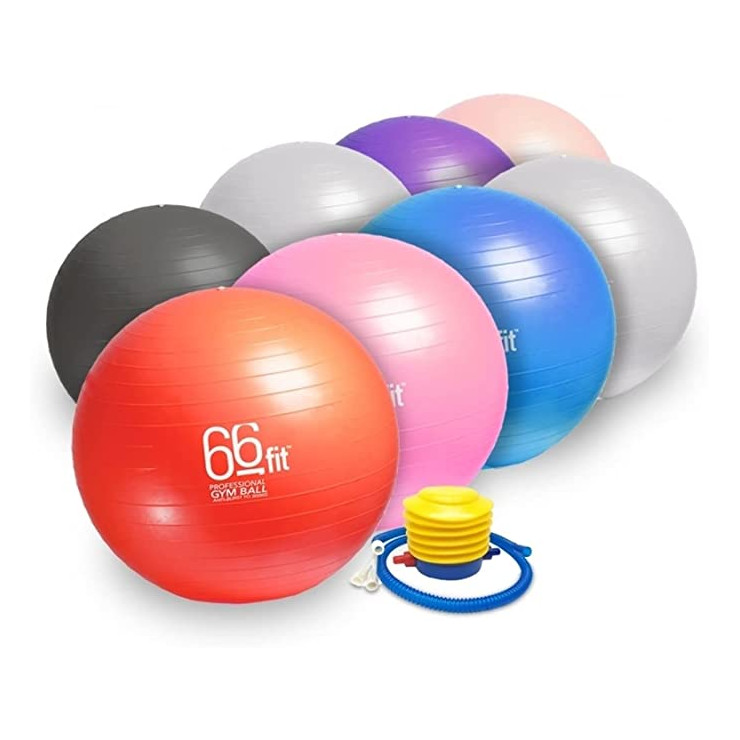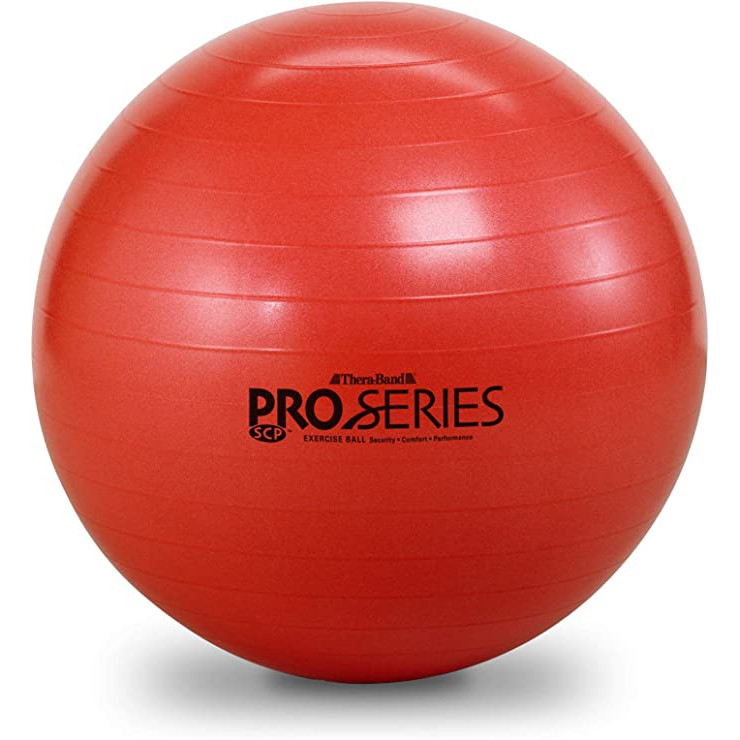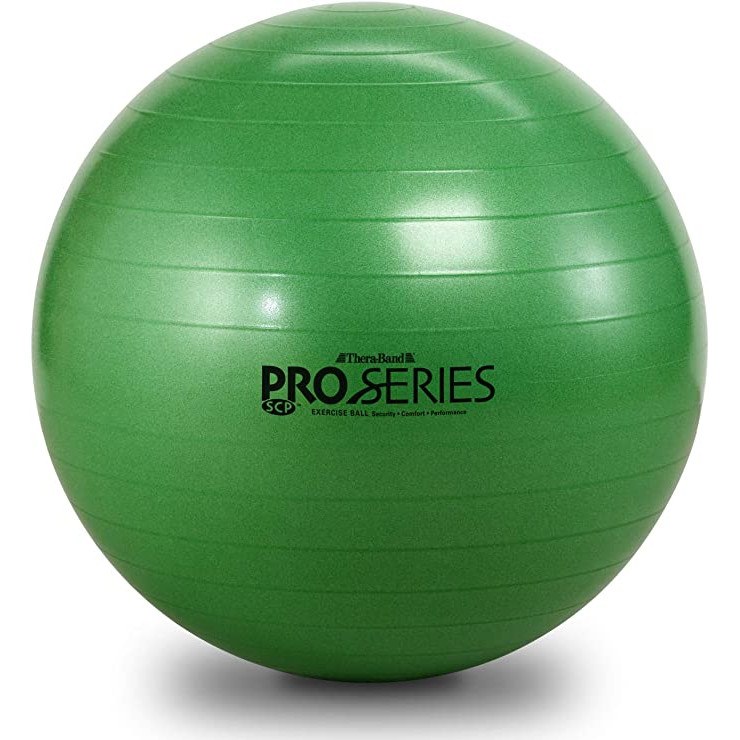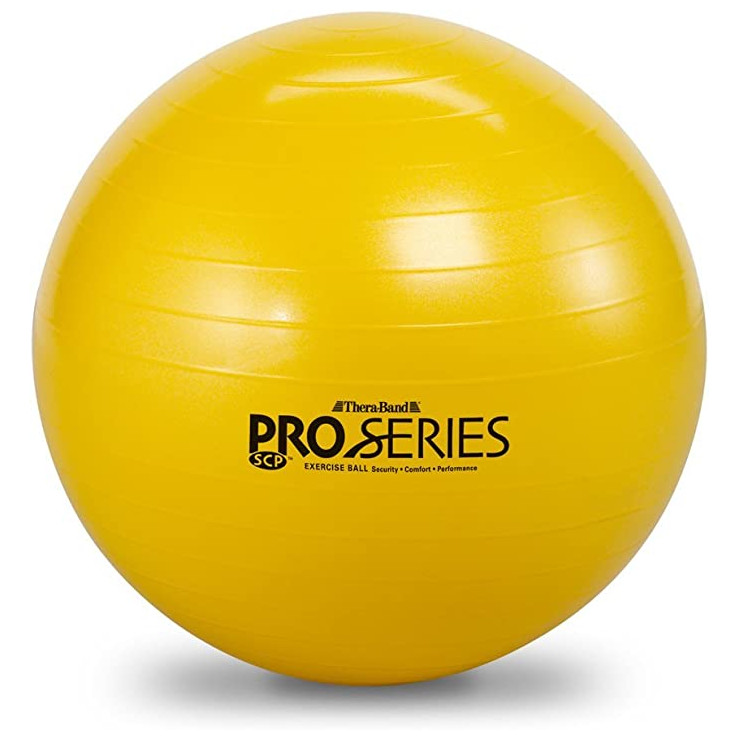exercises for dyspraxia
The Lee Method
The “Lee Method” of physiotherapy has proved very successful in the treatment of Dyspraxia / Developmental Co-ordination Disorder (DCD).
The philosophy of the “Lee Method” is to strengthen the proximal muscles, i.e. the muscles of the trunk, core, pelvis and shoulder girdle. This provides the child with a ‘point of fixation’ from which to develop their:
- gross motor skills
- fine motor skills
- co-ordination
- spatial awareness
- bilateral integration
- midline crossing
- handwriting skills
- motor planning
- eye-hand/foot coordination & ball skills
The strength of each child’s muscles is carefully assessed and compared to norms for the child’s age. Physiotherapy treatment then aims to strengthen any muscles which were found to be weak. This is achieved through 8 weekly or fortnightly physiotherapy sessions and a programme of home exercises, games and activities designed to supplement the treatment sessions, generally taking no longer than 20 minutes per day to complete. The programme is designed to specifically target the individual child’s needs.

Research shows that these children improve significantly and continue to do well 3 years following treatment, and that self-esteem and confidence also improve dramatically.
Studies have shown that, on average, each patient made 69% improvement at the end of treatment and this had progressed to 73% when reviewed three months following the completion of treatment.
Gym Ball Exercises
Using the Swiss ball (also known as a gym ball or physio ball), an array of techniques are applied in the treatment of Dyspraxia, DCD and hypermobility by addressing stability, proprioception, balance, tone, automatic postural muscle activation, sensory integration, co-ordination and strength.
Neurological and musculoskeletal principles are integrated in order to address stability in a fun, child-accessible manner.
How should I inflate the Gym Ball?
The easiest way to be sure that you inflate the Gym Ball to the correct height is as follows:
Make a pencil mark on a wall at the same height as the size of the Gym Ball you have purchased, i.e. 45, 55, 65 or 75 centimeters. Then inflate the ball until the top of the ball is level with your pencil mark.
What size Gym Ball does my child need?
Your child’s hips and knees should be flexed to 90 degrees when they are sitting on the Gym Ball.
Thus, the size of the Gym Ball chosen should be based on the height of your child.
The following guidelines should help you:
Height: 4″ 7′ – 5″ 0′ (140 – 153 cm)
Gym Ball size: 45cm
Height: 5″ 1′ – 5″ 6′ (155 – 168 cm)
Gym Ball size: 55cm
Height: 5″ 7′ – 6″ 1′ (170 – 185 cm)
Gym Ball size: 65cm
Height: 6″ 2′ – 6″ 8′ (188 – 203 cm)
Gym Ball size: 75cm




